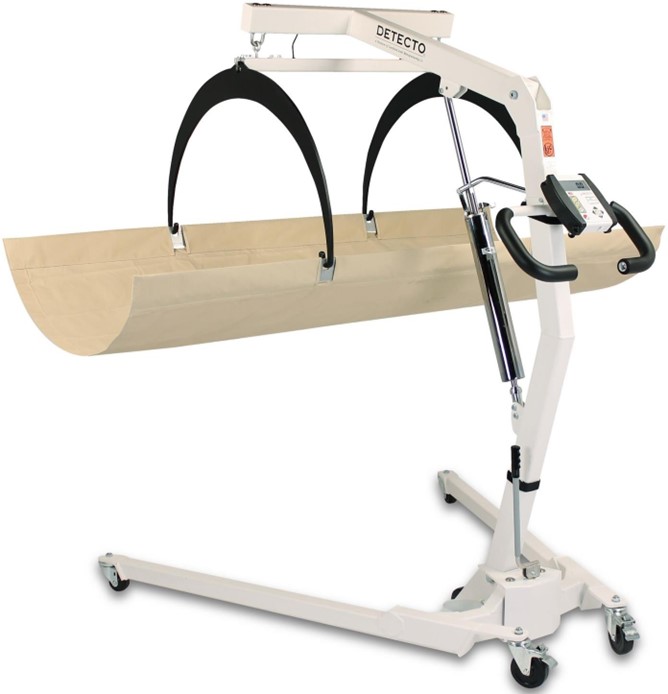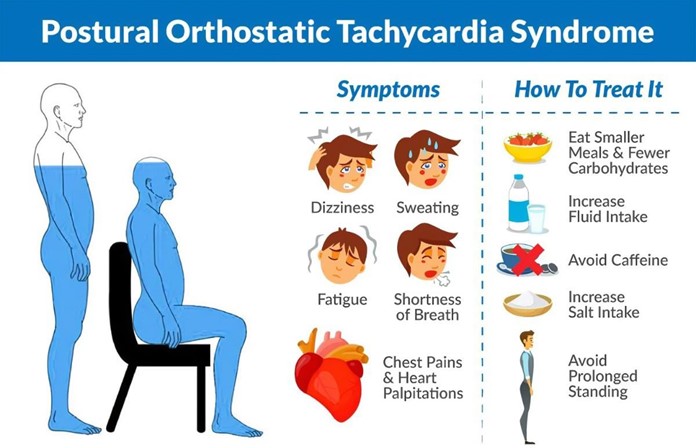A 5-year-old boy with mumps is being transferred to the pediatric unit. Which nursing intervention is most important for the nurse to implement?
Place an isolation cart outside of the room to initiate droplet precautions.
Schedule bedside play time with the occupational therapist.
Instruct the child's parents about the need for transmission precautions.
Assign the child to a room close to the nurse's station.
The Correct Answer is A
Choice A Reason: This is the best action because it prevents the spread of infection to other clients and staff. Mumps is a viral infection that causes inflammation of the salivary glands and can be transmitted by respiratory droplets. The nurse should place an isolation cart outside of the room and wear a mask, gloves, and gown when entering.
Choice B Reason: This is not the first priority because it does not address the risk of infection. The nurse should schedule bedside play time with the occupational therapist to promote the child's development and coping, but this can be done later.
Choice C Reason: This is not the first priority because it does not ensure that infection control measures are in place. The nurse should instruct the child's parents about the need for transmission precautions and educate them on how to care for their child at home, but this can be done later.
Choice D Reason: This is not the first priority because it does not prevent the spread of infection. The nurse should assign the child to a room close to the nurse's station to monitor his condition and provide comfort, but this is not a critical intervention.
Nursing Test Bank
Naxlex Comprehensive Predictor Exams
Related Questions
Correct Answer is B
Explanation
Choice A Reason: Asking the client why he does not want to be weighed is not a priority action because it does not address the need to obtain his daily weight. The nurse should first try to find a way to weigh the client without causing him discomfort or distress.
Choice B Reason: This is the correct answer because weighing the client using a bed scale can avoid the need for
transferring him from the bed to a standing scale, which may be difficult or painful for him. The bed scale can provide an accurate measurement of his weight and help monitor his fluid status.
Choice C Reason: Directing the UAP to delay weighing the client until later is not an appropriate action because it may result in missing or inaccurate data. The nurse should ensure that the client is weighed at the same time every day, preferably in the morning, before any fluid intake or output.
Choice D Reason: Documenting that the client refused daily weights is not an adequate action because it does not reflect the nurse's responsibility to provide quality care for the client. The nurse should try to resolve the issue of weighing the client and documenting the outcome and any interventions.

Correct Answer is A
Explanation
Choice A reason: This client has signs of dehydration and fluid volume deficit, which can lead to shock, a life-threatening condition that occurs when the body's organs are not receiving enough blood flow. The nurse should monitor the client's vital signs, urine output, skin color, and level of consciousness, and report any changes to the physician.
Choice B reason: Initiating enteric precaution procedures is important to prevent the spread of infection, as vomiting and diarrhea may be caused by a contagious pathogen. However, this is not the most important action for the nurse to implement, as it does not address the client's immediate risk of shock.
Choice C reason: Reducing light, noise and temperature may help the client feel more comfortable and reduce nausea, but it is not the most important action for the nurse to implement, as it does not address the client's fluid volume deficit and potential shock.
Choice D reason: Encouraging electrolyte supplements may help replenish the electrolytes lost through vomiting and diarrhea, but it is not the most important action for the nurse to implement, as it may not be enough to restore the fluid balance and prevent shock. The client may need intravenous fluids and medications to correct the dehydration and hypotension.

Whether you are a student looking to ace your exams or a practicing nurse seeking to enhance your expertise , our nursing education contents will empower you with the confidence and competence to make a difference in the lives of patients and become a respected leader in the healthcare field.
Visit Naxlex, invest in your future and unlock endless possibilities with our unparalleled nursing education contents today
Report Wrong Answer on the Current Question
Do you disagree with the answer? If yes, what is your expected answer? Explain.
Kindly be descriptive with the issue you are facing.
